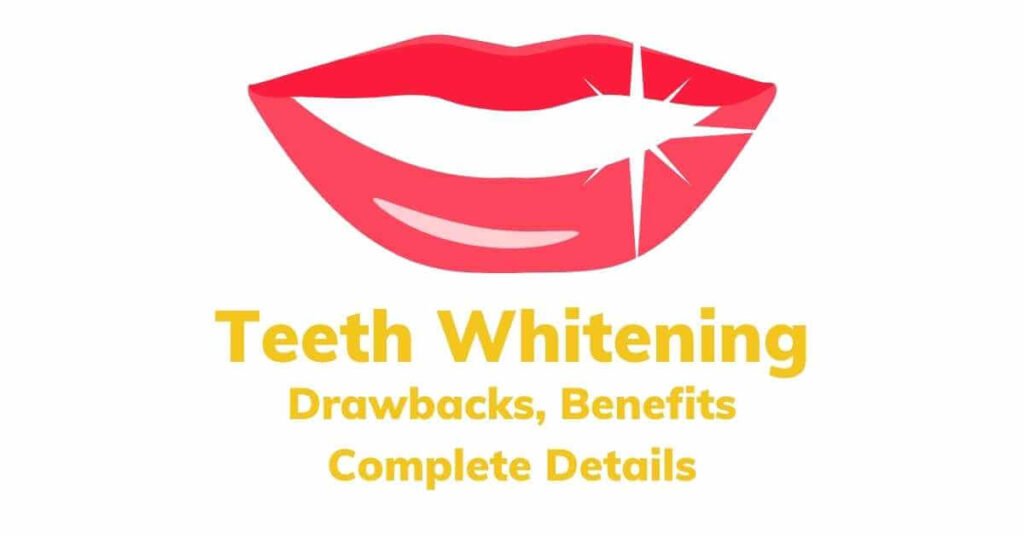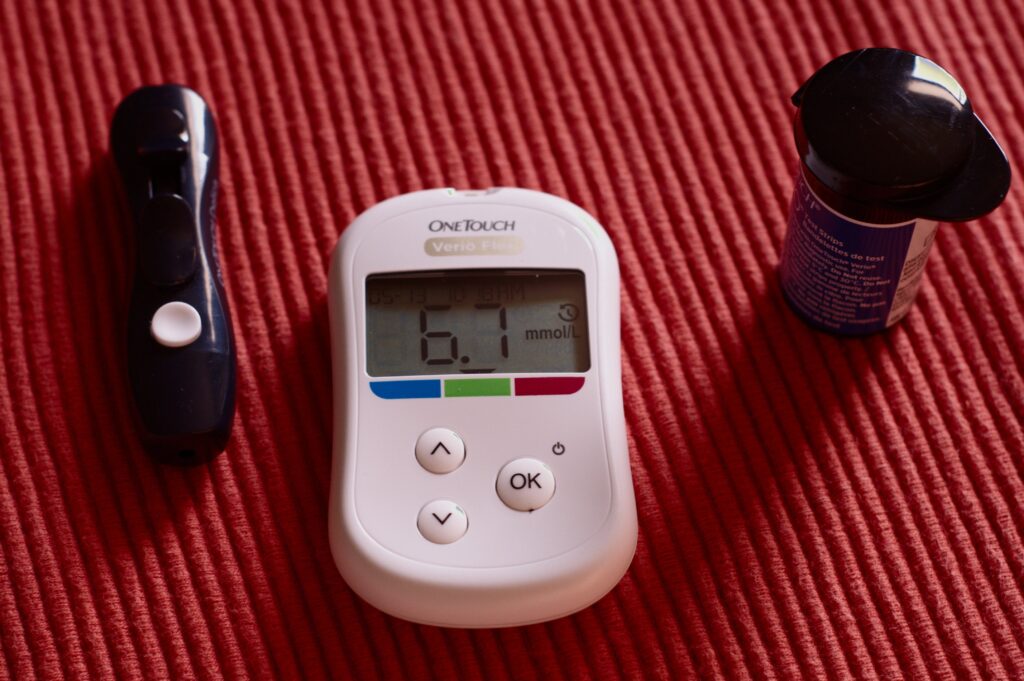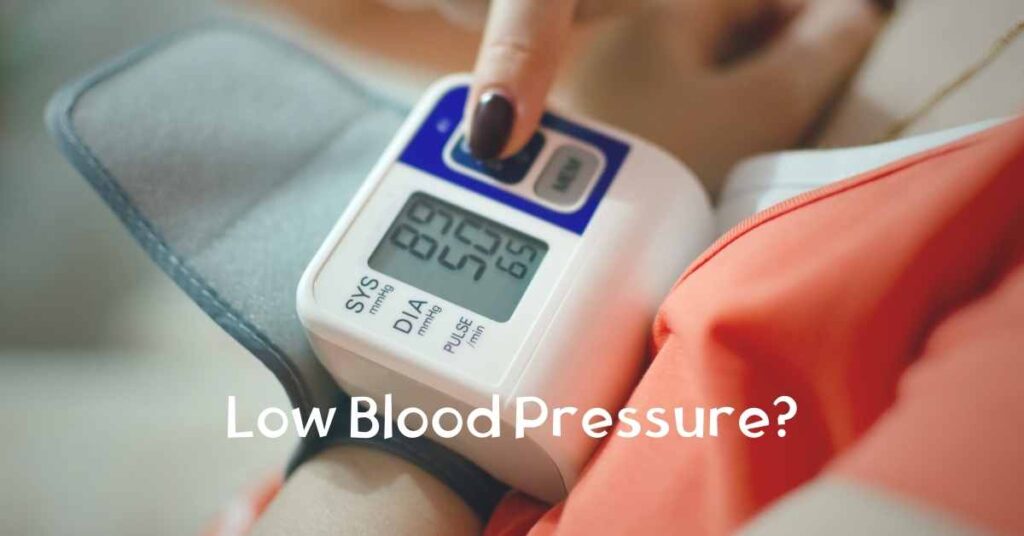All of us want a pleasing smile, and for a pleasant smile white tooth is a must. So everyone wants a white tooth. When you can not maintain white teeth normally, teeth bleaching is a good option. For with yellow teeth teeth bleaching is certainly an easy option.
Teeth Bleaching Meaning
Teeth bleaching is the process of whitening teeth by removing stains from the tooth surface, restoring natural teeth colour. It is one of the cosmetic procedures in dental treatment.
Tooth Staining Causes
The enamel that is present on the outer surface of your tooth reflects the natural colour. So when there is a stain on the outer surface of your teeth, then teeth bleaching is needed for a better smile. Also, dentin present in the inner surface of teeth can stain and make the teeth yellow. There are many causes of teeth discolouration like
- Regular or frequent intake of black tea, coffee, wine, carbonated beverages, sports drinks, etc.
- Smoking cigarettes
- Chewing tobacco
The above mentioned cause of teeth discolouration can be prevented by avoiding these foods, drinks, avoiding smoking and tobacco.
But there are other causes of teeth discolouration that we can not avoid like
- High intake of fluoride during childhood
- Damage of developing permanent teeth due to accident or trauma
- Intake of certain drugs like tetracycline can cause staining of teeth.
- Longer use of mouthwash like chlorhexidine containing mouthwash can cause staining of teeth.
- With age, our enamel wears out many times, and there is an exposure of underlying dentin. The dentin makes up the colour of various foods, drinks easily. So teeth staining occurs.
h
Teeth Bleaching Restrictions
The teeth bleaching process can whiten the teeth but not for all cases. If you are born with enamel defects like thin enamel, teeth bleaching is not a good option. In fact, in this case, teeth bleaching can complicate your situation. Similarly, the results after teeth bleaching vary from case to case.
Teeth bleaching can be done either in the office or in your comforting home space. Your dentist does In-office teeth bleaching. The sufferer does tooth bleaching at home care. But if you do bleaching of teeth at home, you need to know correctly how to use the bleaching agents. Otherwise, adverse results can occur.
Your dentist will guide you on how to use bleaching agents at home and what concentration of bleaching agent is perfect for you. Do not try bleaching of teeth at home without consulting with your dentist because teeth bleaching is not for all. We will let you know who can do teeth bleaching and who can not. Let’s have a look.
First, we need to know what are the bleaching agents. Teeth bleaching that is the whitening of teeth requires bleaching agents. This bleaching agent will act on your teeth, do chemical reactions. As a result, teeth become white.
Peroxide bleaching agent (either carbamide peroxide or hydrogen peroxide) is used in office and at home systems. In office teeth bleaching system contains 15 to 43 percent peroxide. But at home teeth bleaching system contains 3 to 20 percent peroxide.
The longer time you put a stronger bleaching agent on your teeth, the whiter the teeth become. But, the higher the percentage of peroxide in teeth bleaching solution, the shorter time it should be put on teeth. Why? Because if you keep the solution longer in your teeth, it will dehydrate the tooth and increase your tooth sensitivity.
Every technique has its advantages and disadvantages. But it is highly recommended that before you try home teeth bleaching, always talk with your doctor. Bleaching does not whiten porcelain crowns and composite tooth-coloured bondings.
How Teeth Whitening Works?
A photograph of teeth is needed first to know if there is an underlying disease inside your teeth, cause of the stain, etc. This photograph of teeth will help to understand the progress of treatment.
Your dentist will examine your teeth, gum, mucosa, etc. After the examination, your dentist will clean the tooth. First, your dentist will remove the film on your teeth enamel due to food or other substances. Next, the whitening process begins. The entire procedure usually takes 30 to 60 minutes. More stain you have in your teeth, more time will be required to whiten the teeth.
Your gum will be covered, and your dentist will apply the whitening or bleaching agent on your particular teeth that need whitening.
If you prefer home whitening treatment, then your dentist will take an impression of your teeth. With the help of this impression, will make a custom fit tray. This mouthpiece or tray will help the whitening agent to stay in contact with your teeth.
Now you may ask, how do you know if teeth whitening is meant for you or not? Or you may ask if teeth whitening will be effective for you or not?
Certainly, not all cases are ideal for teeth whitening treatment, especially if you have thin enamel, enamel disorder, dentin disorder, fluorosis, etc. With age, our enamel may wear off, so natural white shade becomes lost. In this case, the whitening agent can give you no result.
In Office Teeth Bleaching
Your dentist does teeth bleaching or teeth whitening. Here bleaching agent is stronger than at home technique, so teeth whitening occurs faster than at home technique. In the office, light, heat, or both can speed up and intensify your whitening.
Generally, teeth get three to eight shades brighter after several 30 to 60 minutes in office visits. Nowadays, some dentists prefer techniques that can be done in a single 2-hour appointment. This technique is known as the Zoom system.
Teeth Bleaching at Home
You can do teeth bleaching at home with the following options.
Tooth whitening strips and gels
The gel needs to be applied directly to the teeth you want to whiten. The gel is applied with the help of a brush or a thin strip. The gels contain peroxide. This peroxide based teeth bleaching agent needs one or two applications a day for 10 to 14 days.
Teeth whitening is not permanent. Whitening can last for four or more months. The treatment cost is usually in the range of 10 dollars to 55 dollars.
Tray based teeth bleaching
In this teeth bleaching technique, a mouth guard like tray is used. The tray helps to carry the bleaching agent inside the mouth and helps to retain the bleaching agent in place with tooth contact. Here the tray is loaded with peroxide based bleaching gel or paste. Next, the tray is placed over the teeth for one to several hours a day. It is to be done for up to 4 weeks.
One can buy tray based tooth whitening system over-the-counter. Alternatively, one may also use the custom-fitted tray. You can have a custom-fitted tray by your dentist. The teeth bleaching cost is in the range of 150 dollars to 600 dollars in the US. Certainly the cost varies from country to country. For the Teeth Bleaching cost you should ask to your local dentist.
Tooth whitening toothpaste
Every toothpaste is mildly abrasive. So toothpaste helps to remove stains from teeth. External stains (stains that are present outside of teeth surfaces) can be removed. Whitening toothpaste contains chemicals or polishing agents. This chemical or polishing agent helps additionally to remove stains from teeth without applying a bleaching agent. As tooth whitening toothpaste does not contain a bleaching agent, it whitens teeth by about one shade. This is a relatively inexpensive technique. However, there are few whitening kinds of toothpaste that contain a peroxide bleaching agent. But this bleaching agent containing toothpaste should not be used for a long time. This toothpaste should also not be placed on teeth for a longer time. Otherwise, unwanted results can occur.
Teeth Bleaching Maintenance
You may go for a home teeth bleaching technique or office teeth bleaching technique, but you need to maintain the results. Otherwise, within a short period, your whitening effect on teeth will go away. The more you maintain, the longer the product will stay. You should do regular brushing, flossing, and rinsing. Only doing these are not enough; you need to avoid acidic food and beverages, tannin rich food and beverages like
- Carbonated beverages
- Black tea
- Black coffee
- Red wine
- White wine
- Sports drinks
- Berries and other strongly coloured foods
- Sauces (example- tomato, curries, soy)
- You also need to avoid smoking, all forms of Tobacco products.
Teeth Bleaching Side Effects
Certainly there are side effects of teeth bleaching. Not everyone who bleaches their teeth get side effect but many times people go through the side effects of it. There are some common side effects of teeth bleaching
- Temporarily, your teeth can be sensitive. It can be more bothersome for people who are already a sufferer of sharp teeth.
- Improper technique and improper application of teeth bleaching agents can cause burned gums or temporarily bleached gums.
- The effect of teeth whitening usually does not last for years. It usually works best for people having yellow teeth. For brown teeth, bleaching is less effective.
- In the case of grey or purple teeth, teeth bleaching generally does not work.
Takeaway
Teeth Bleaching (Teeth whitening) is a part of aesthetic treatment. It certainly improves your smile as well as your confidence. It is not mandatory to go for teeth bleaching, if anyone wish to look better they can go for it. Though there are few limitations where teeth bleaching can not be done but mostly it is successful. Oral hygiene maintenance is vital even after doing teeth bleaching. You should avoid the causes that results teeth staining. Because one can not perform teeth bleaching frequently. Take care of your oral hygiene. Stay healthy and happy.





